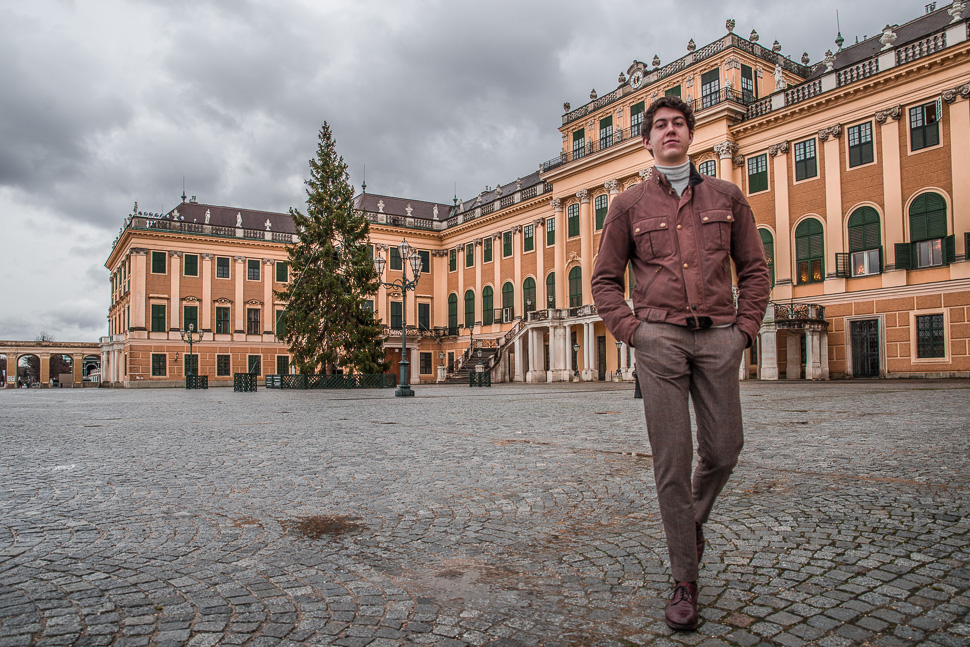
Normally we would have visited one of the lovely Christmas markets in Vienna at this time of the year, but because of Corona that was not possible. Instead, we did some sightseeing, visiting the Wagenburg of Schönbrunn, the place where all the royal carriages are kept.
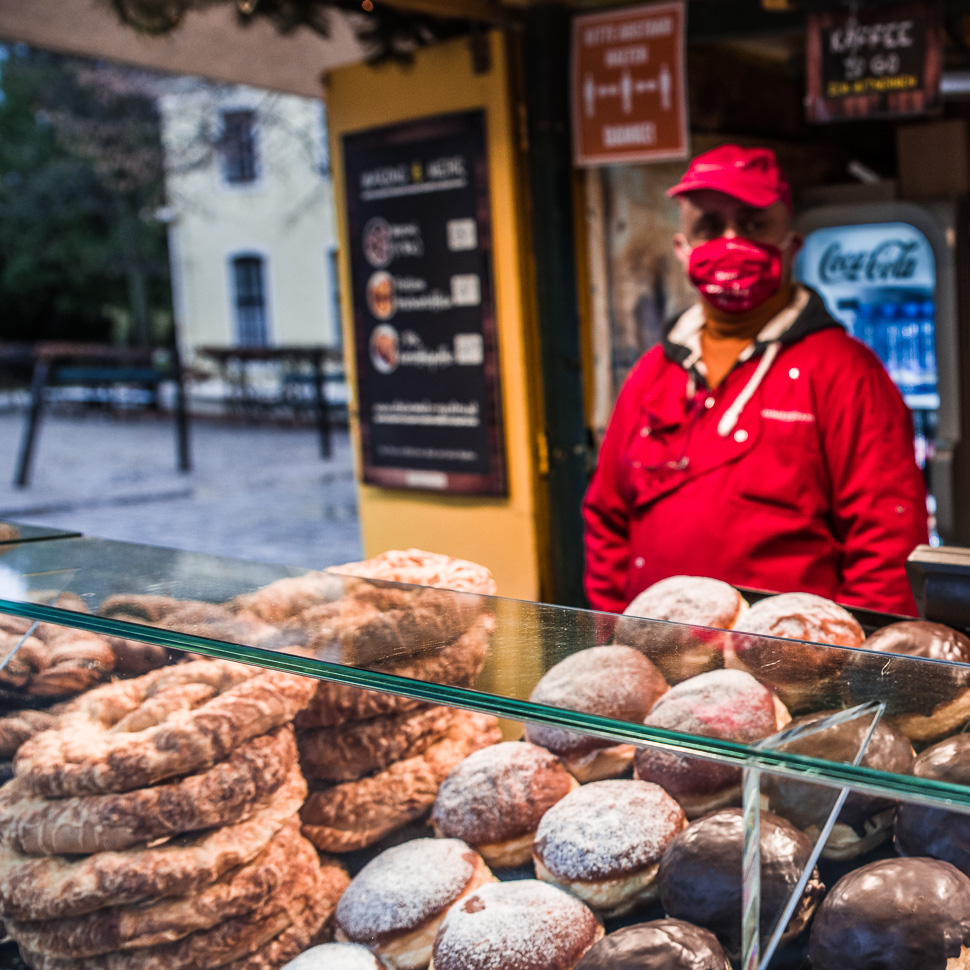

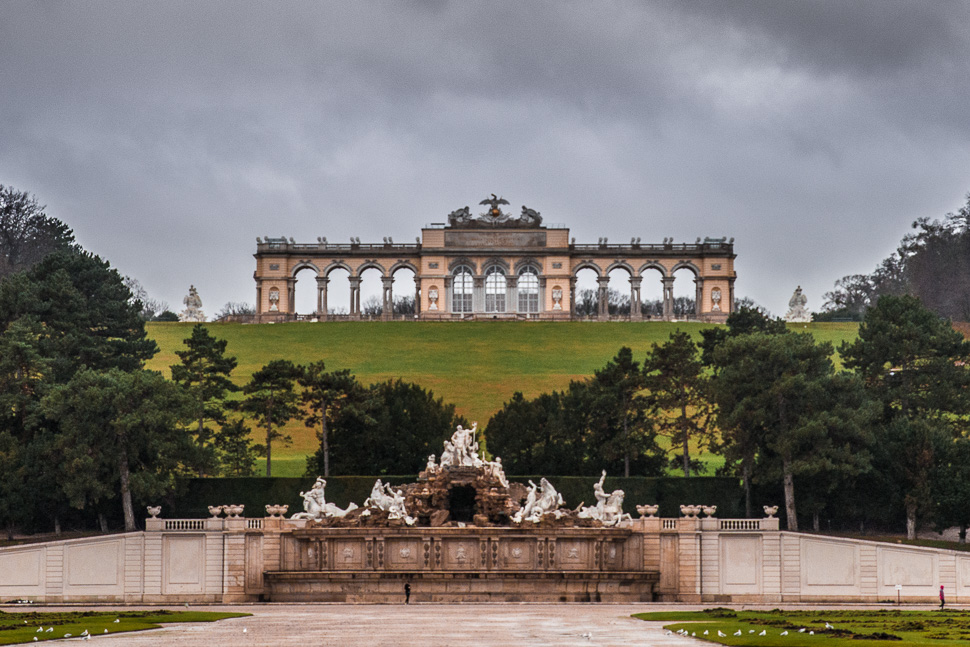
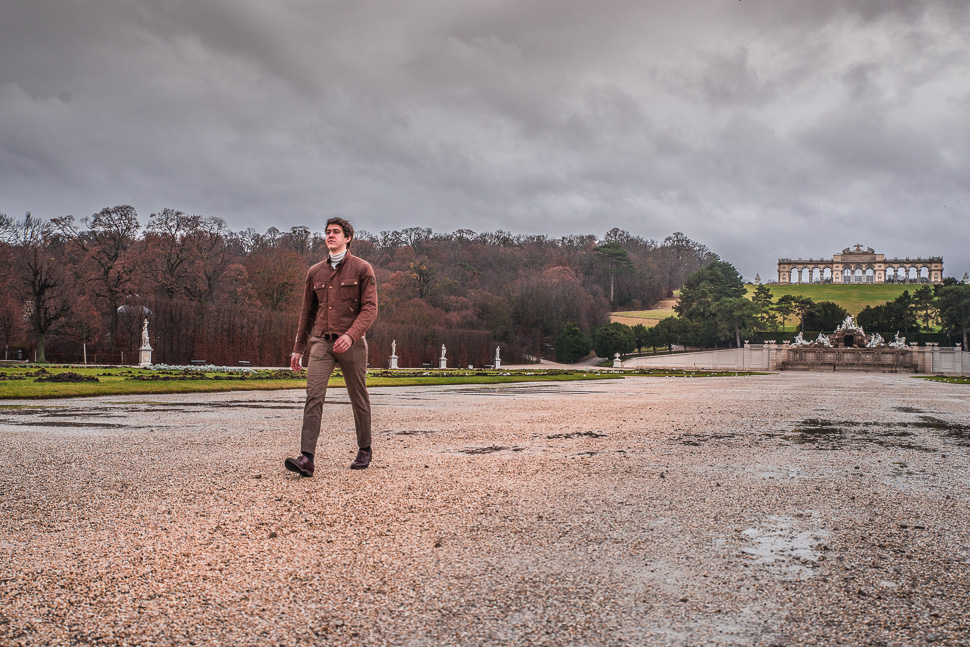
The “Wagenburg” or Imperial Carriage Museum houses the remains of the fleet of the Viennese court, which originally comprised more than 600 vehicles. In addition to the large ostentatious stage coaches with which the rulers demonstrated their power, there were wagons for the imperial family, vehicles for the court employees and trucks for the transport of goods as well as vehicles for travel, sports, leisure and the children.
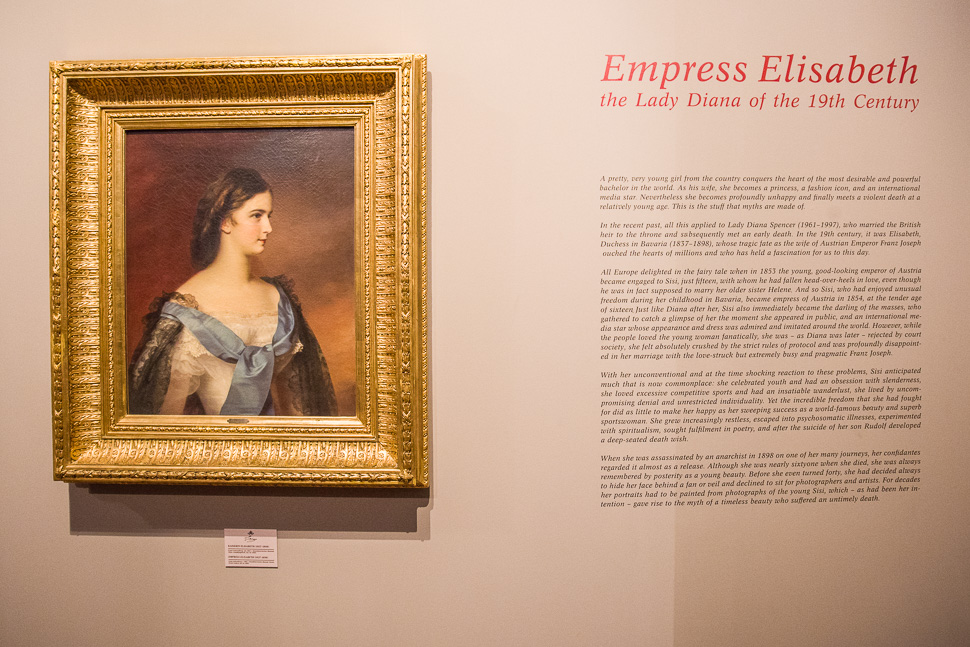
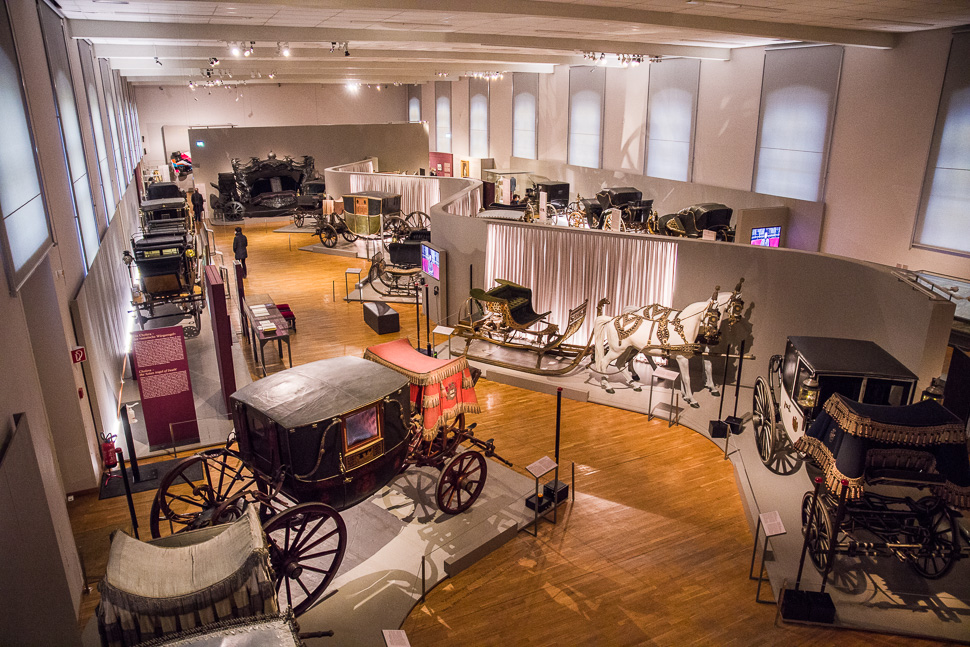
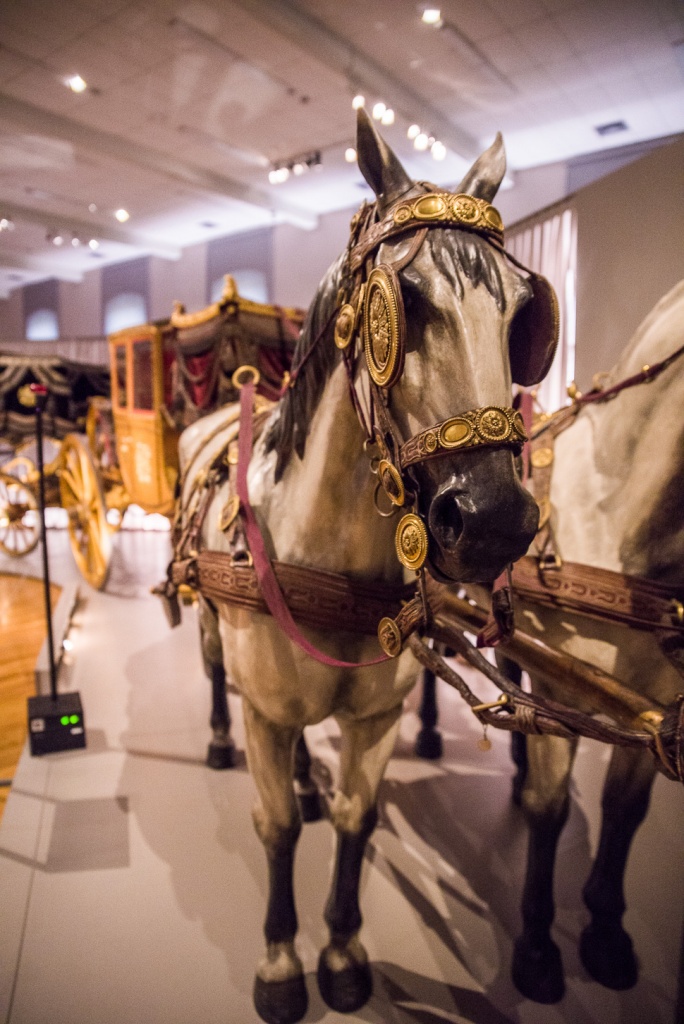
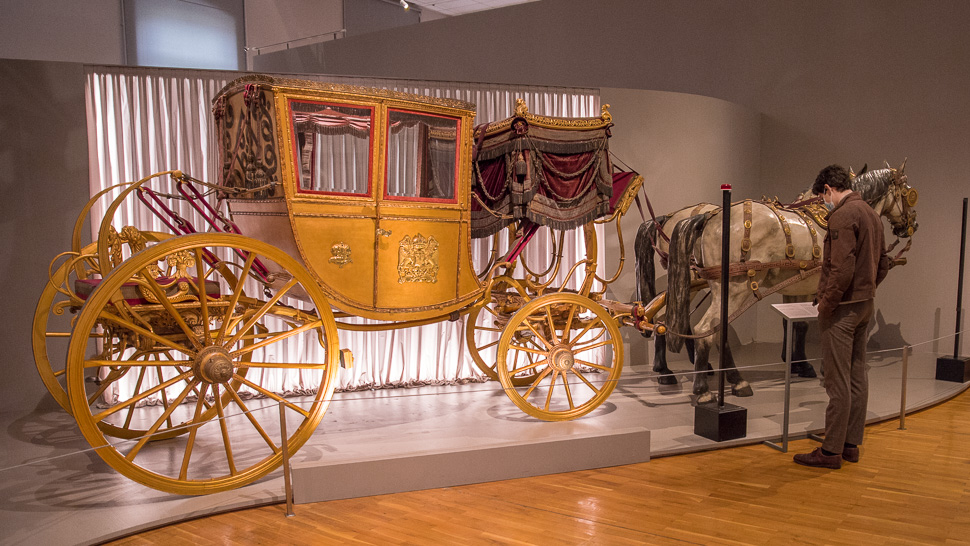
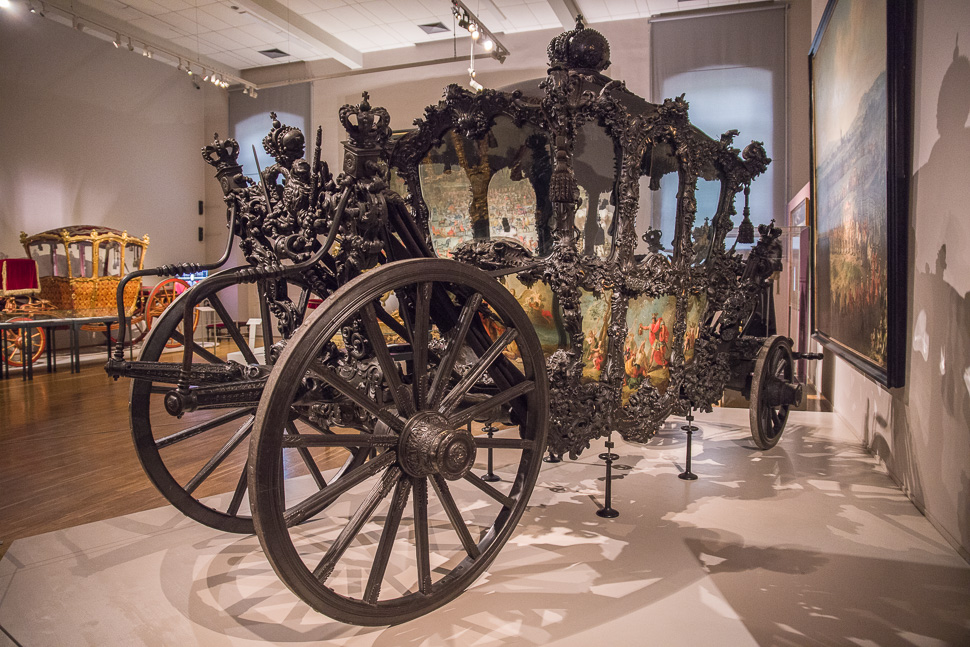
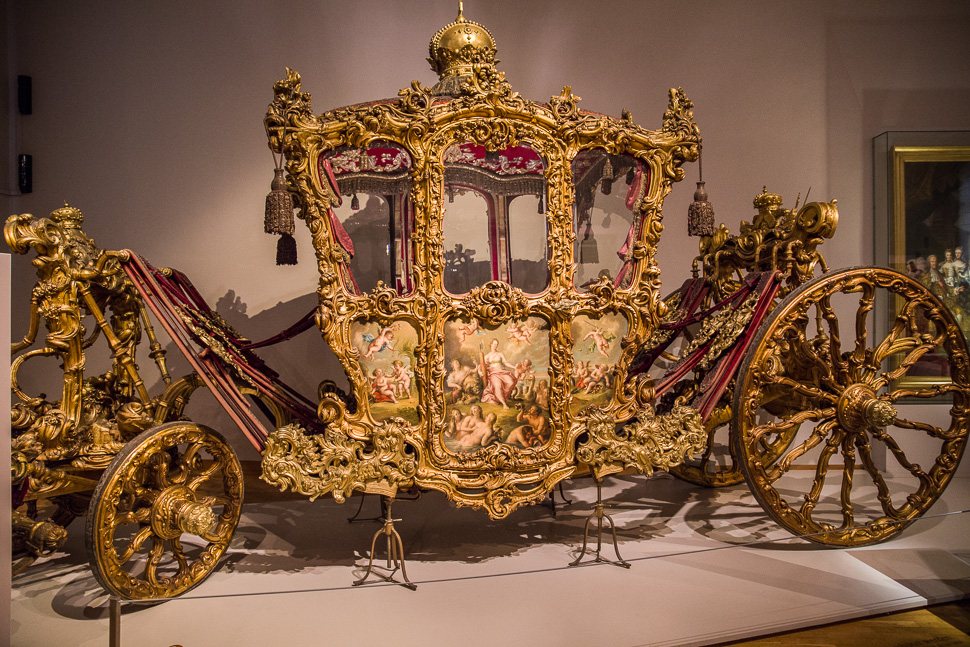
The most distinguished carriage of the Viennese court, with eight windows made of Venetian glass, was probably built around 1735 for Emperor Charles VI. and later adapted several times. The paintings of the box fields show allegories of the virtues of rulership, which presumably refer to Empress Maria Theresia (1717–1780). The imperial carriage was an insignia that represented the power of the dynasty and was used exclusively by the emperor, the empress and the crown prince at the most important state ceremonies. Its last assignments were at the coronations in Budapest, when in 1867 Franz Joseph and Elisabeth were crowned as King and Queen of Hungary and in 1916 for the coronation of Charles IV.
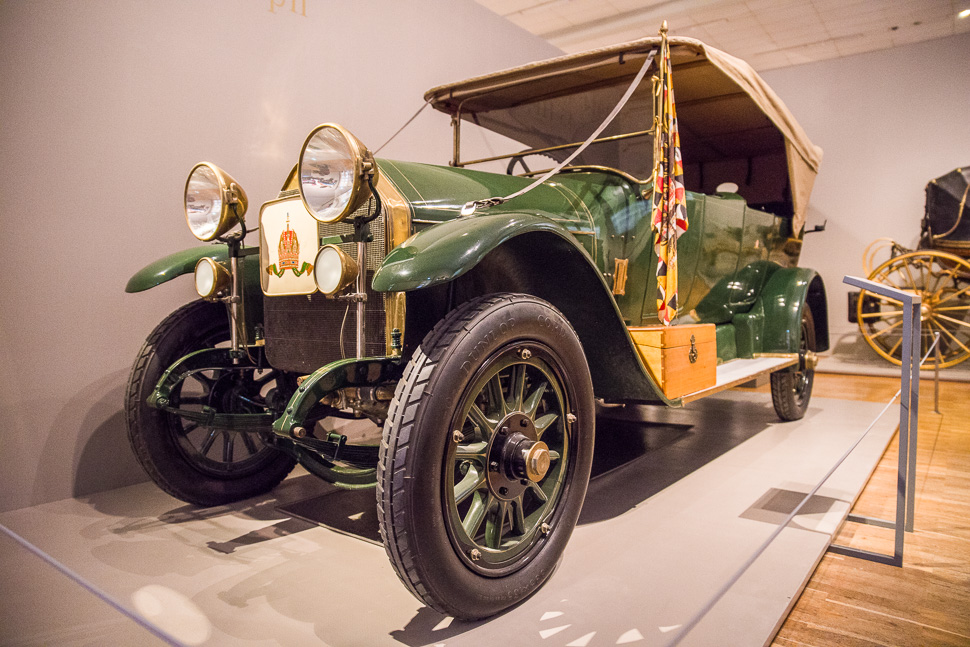
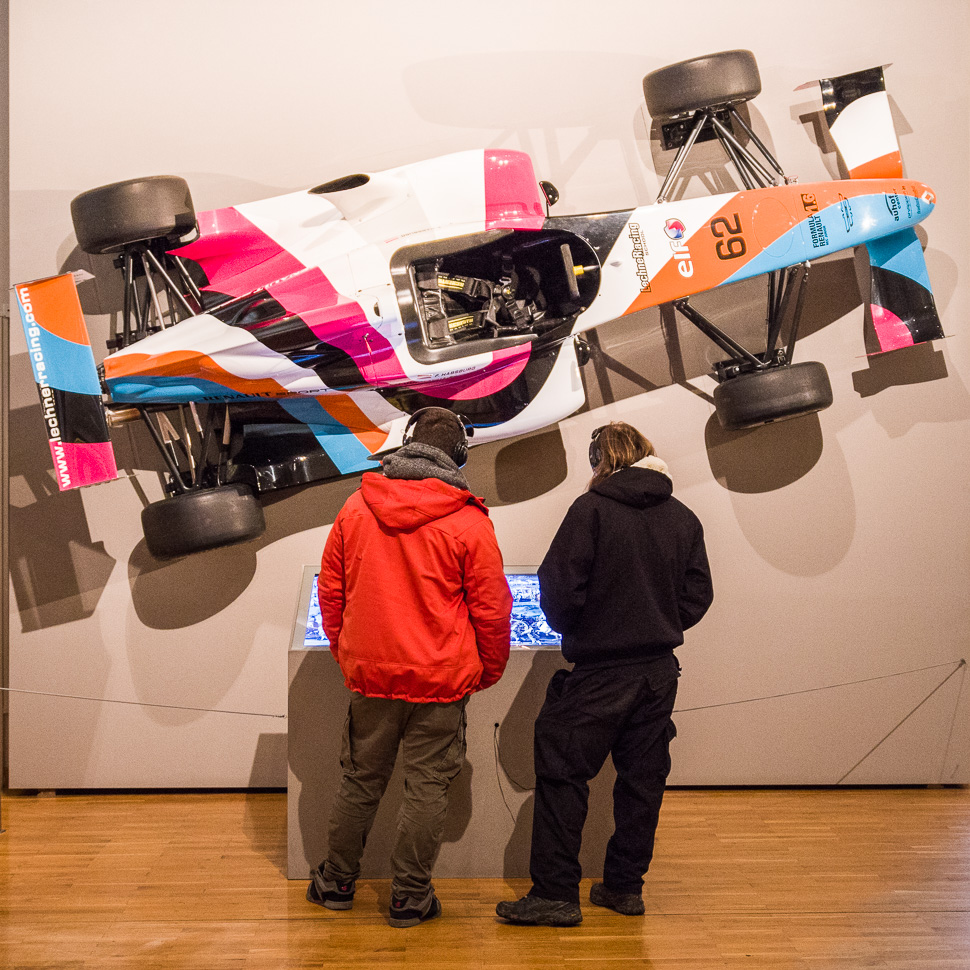
Winter in Austria usually means also snow and skiing, let’s see if we find a place to ski during lockdown.
